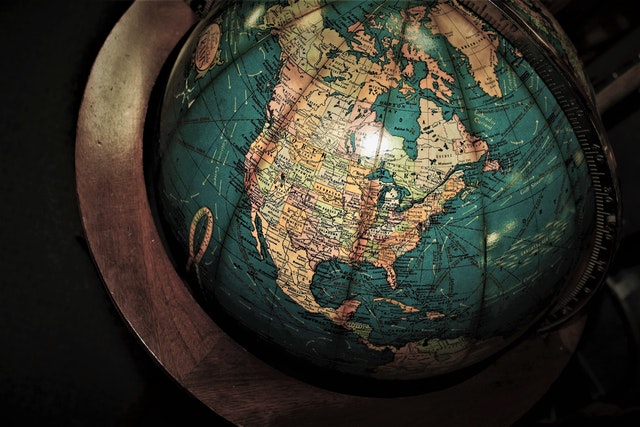That’s according to the latest Investment Trends Monitor from the United Nations Conference on Trade and Development (UNCTAD).
It demonstrates that the growth in FDI in the first two quarters recovered more than 70% of the losses incurred as a result of the COVID-19 issue in 2020.
The good news “masks the growing divergence in FDI flows between developed and developing economies, as well as the lag in a broad-based recovery of greenfield investment in productive capacity,” according to UNCTAD’s director of investment and enterprise, James Zhan.
Mr. Zhan also cautions that “uncertainties continue to abound.”
Perspectives on the World
The length of the health crisis, the rate of immunizations, particularly in developing countries, and the speed with which infrastructural stimulus is implemented are all significant unknowns.
Labor and supply chain constraints, rising energy prices, and inflationary pressures are all key risk factors.
Despite these obstacles, the worldwide outlook for the year as a whole has improved from previous forecasts.
The pace of growth in the coming months will be slower than in the first half of the year, but it will still push FDI flows above pre-pandemic levels.
Recovery is uneven.
Between January and June, the most significant increase occurred in developed economies, with FDI reaching an estimated $424 billion, more than three times the historically low level of 2020.
Several important European economies saw significant rises, with average quarterly levels remaining only 5% below pre-pandemic levels.
Inflows into the US increased by 90%, owing to a boom in cross-border mergers and acquisitions.
In the first half of the year, FDI flows into developing economies surged dramatically, totaling $427 billion.
East and Southeast Asia saw a 25% increase in growth, Central and South America saw a rebound to pre-pandemic levels, and numerous other regional economies in Africa and West and Central Asia saw improvements.
The developed economies accounted for 75% of the entire recovery rise.
High-income countries experienced a more than doubling of quarterly FDI inflows from rock-bottom levels in 2020, while middle-income economies saw a 30% increase and low-income economies saw a 9% fall.
Investors face a mixed picture.
Infrastructure is seeing the most growth, thanks to favourable long-term financing conditions, recovery stimulus packages, and international investment programs.
The number of international project finance deals increased by 32%, while the value increased by 74%. Most high-income regions, as well as Asia and South America, had significant rises.
Investor confidence in industry and value chains, on the other hand, remains fragile, according to UNCTAD. Greenfield investment project announcements continued their downward trend, falling 13% in number and 11% in value through the end of September.
Agenda 2030 is a global initiative that aims to
The recovery in areas relevant to the Sustainable Development Goals (SDGs) in developing countries remains fragile after double-digit declines in almost all sectors.
The total value of announced greenfield investments and project finance arrangements increased by 60%, owing primarily to a few significant deals in the power sector.
Renewable energy and utilities continue to be the fastest-growing sectors in international project finance.
In least developed nations, funding in projects related to the SDGs has continued to plummet. New greenfield project announcements decreased by 51%, while infrastructure project finance deals decreased by 47%. Last year, both had already dropped by 28%.


